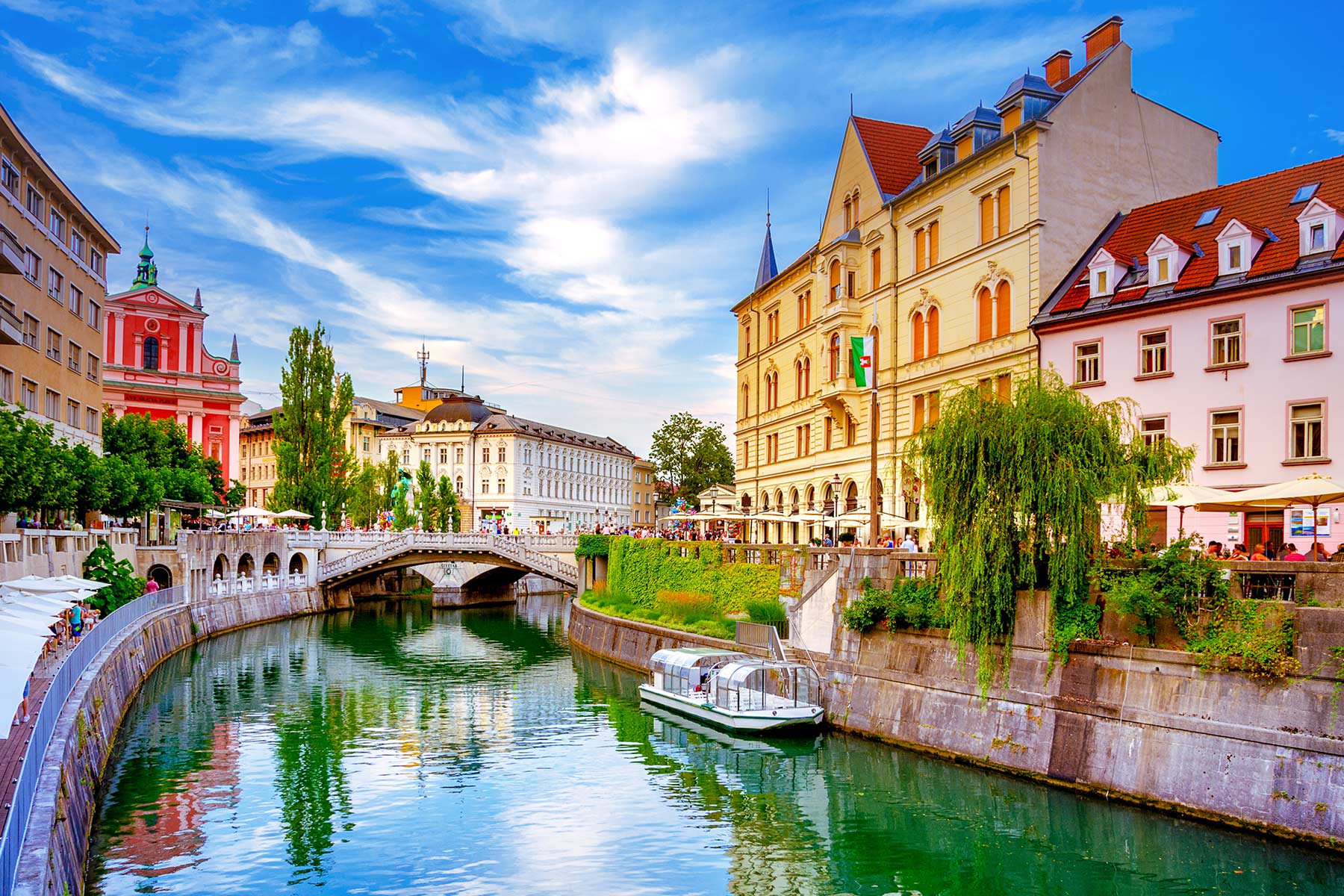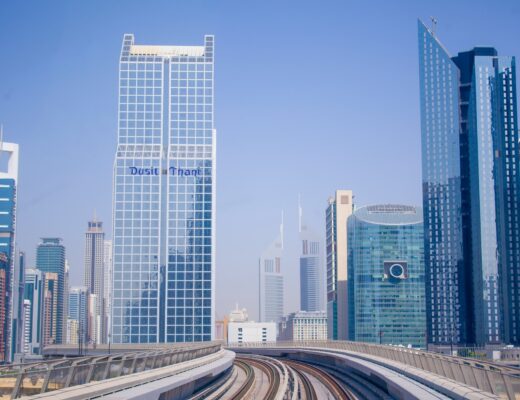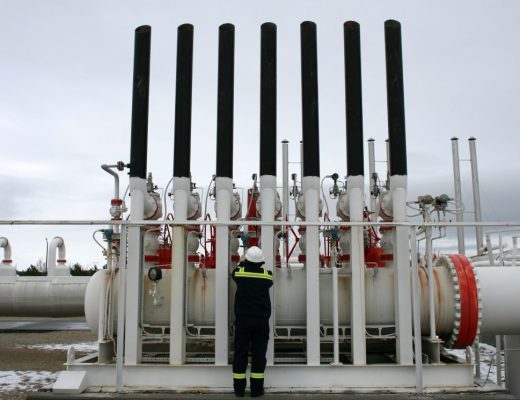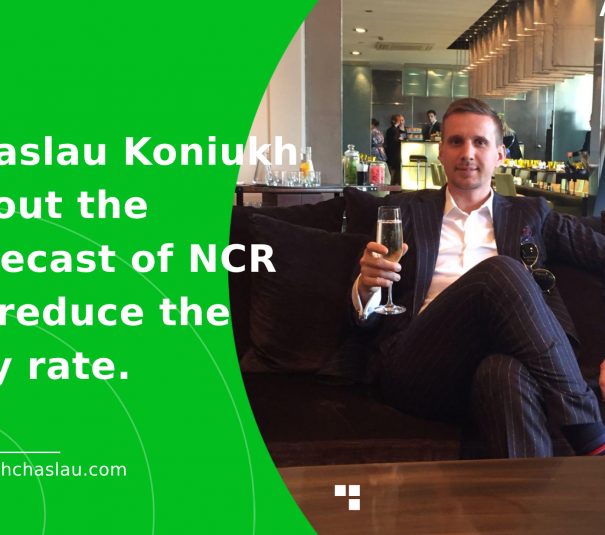Slovenia’s economy will grow by more than 2%
The UMAR Institute for Macroeconomic Research has published forecasts for Slovenia’s GDP growth rate. Analysts have revised their expectations downwards. According to the new document, the Slovenian economy will grow by 2.15% in 2025. The previous forecast was 2.4%.
Domestic consumption will be the key factor in increasing the GDP growth rate. Its activity will be higher due to wage growth. A good incentive is the introduction of various social programmes aimed at improving the quality of life of the population.
Analysts expect a recovery in investment activity, which has remained at a low level in recent years. The public sector is also showing signs of activity. The government is implementing a strategy of recovery and sustainability, which implies large investments. Part of the money to implement the government’s plan comes from the Slovenian Reconstruction Fund. This fund was established in 2023 to deal with the consequences of the floods.
As for the export of goods, in 2025 it will be lower than in 2024. In the last period, the country recorded a record high in shipments. At the same time, foreign demand will remain stable without significant fluctuations. Experts also forecast growth in the volume of service exports.
Market trends and forecasts
There is still uncertainty in the global and European markets, which limits the development of trade relations. In addition, Slovenia’s traditional partners are not in a hurry to become active, which affects investment processes. The decline is particularly noticeable in export-oriented sectors, affecting economic growth.
After a strict inflation control policy, the Slovenian regulator is gradually relaxing its measures. The central bank plans to lower interest rates, which will have a positive impact on investment in the real estate sector. However, the real impact of interest rate cuts on the local economy will only be felt in the medium term.
Government consumption is likely to slow in 2025. At the same time, the reconstruction of infrastructure after the floods will lead to increased spending. This includes not only investment but also spending on goods and services.
The situation in Slovenia is as follows:
1. The economy in 2024 showed a growth of 1.6%.
2. The figure for 2023 was 2.1% and 2.7% in 2022.
3. UMAR’s baseline forecast for GDP growth for 2026 is 2.4%.
4. GDP growth forecasts for 2027 are in the range of 2.3%.
It is worth noting that the Slovenian government is actively working to reduce the balance of payments deficit. At the end of the first quarter of 2005, it was only €9 million. The deficit has been observed for more than three months in a row, although experts had previously recorded a surplus. A surplus of €200 million remains in the trade in services sector.










